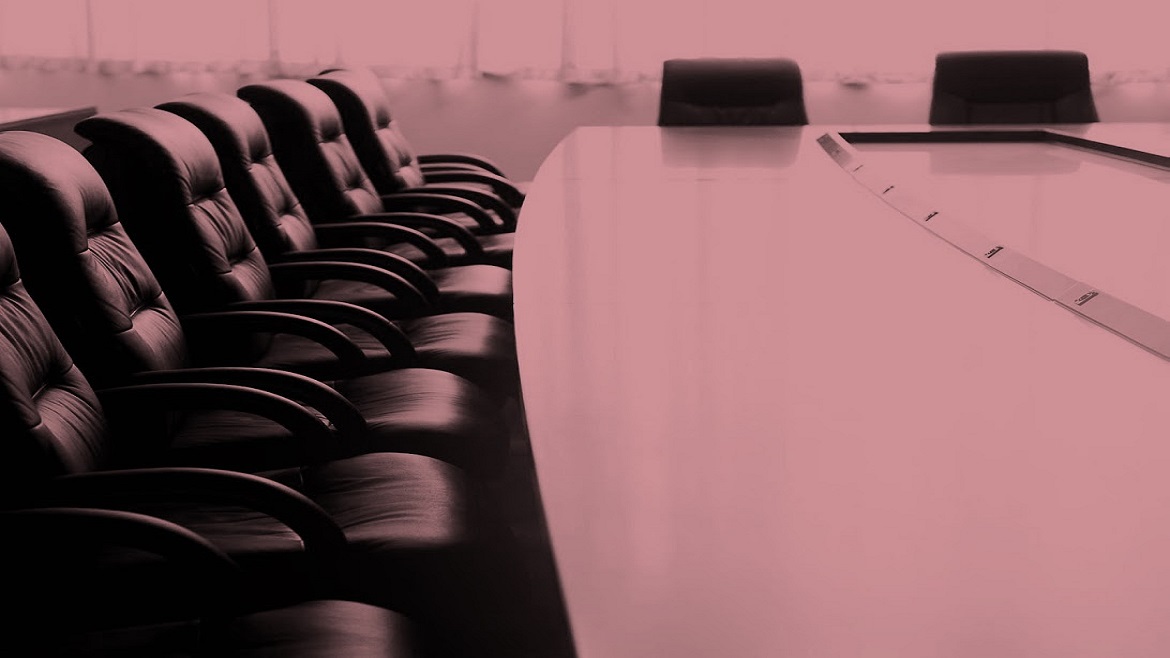Sara Mosavi, contributing editor, The Economist Intelligence Unit: What are the key milestones in the history of office design in the Western world?
David Marks, co-founder, Brockton: The history of the modern office goes back to the coffee houses of the 1600s, when Britain was emerging as a maritime, commodities-driven, empire-building trading power. Back then business was conducted largely based on trust in the great coffee houses in the City of London. After that came the era of doing business in the more refined and exclusive gentlemen’s clubs in St James’s.
The major catalysts for change in the design of offices over the last 150 years have been, in chronological order:
- First, the introduction of the elevator and steel-framed buildings in the late 1800s, which allowed building taller offices;
- second, the introduction of air conditioning (first in the US), either side of the second world war, which allowed for a more productive and tolerable working environment;
- third, the rebuilding of London’s office stock after the Luftwaffe bombing during the war, which saw new office districts emerge in places from Victoria to Croydon;
- fourth, the explosive spread of American multinationals from the 1960s, contributing to the development of iconic buildings such as Lever House and the Seagram Building in New York;
- fifth, the “Big Bang” era of huge, modern trading floors being built in New York, London and Tokyo in the mid- to late-1980s (symbolised by Canary Wharf in London and the World Financial Center in New York, both developed by the late Paul Reichmann);
- sixth, a brief pause after 9/11, during which people questioned whether clustering in tall and dense buildings was desired (it was; human nature and the innate desire for interaction trumped any fear of fundamentalism);
- and finally, new office design led by the technology giants on the US West Coast, who recognised that the need to hire and retain talented people was partly about providing an inspiring, creative, healthy and collaborative environment in which to work. This latest trend led to the emergence of some of the world’s great architects, from Gehry Partners to Foster + Partners and AHMM, designing new campuses for Facebook, Apple and Google respectively.
In Hollywood terms, the last 50 years of office design have seen us go from “Mad Men” to “Wall Street” to “The Social Network”.
How can office design help to retain and motivate employees?
Making decisions about the working environment is a respect issue that, at its heart, is about identifying, harnessing and retaining talent. It’s about companies recognising that it is not always about the most efficient building from a cost perspective. If people are spending more time at the office than at home, then the office needs to serve a lot more functions, and it’s got to be a place where employees can relax, stay fit and get other things done. For example, the office needs to include amenities such as an informal concierge to help people get their daily chores done, much bigger kitchens in order to allow people to graze from 8 am until late, a nearby park (and in-house showers) so people can go for a run. Finally, whether they are start-ups occupying 500 sq ft or entire campuses over 1m sq ft, they need to be located close to major transport networks so that staff can commute easily within a tolerable travel time. From espresso to express trains, cross trainers to Crossrail, the perfect office needs it all.
Office design talks about the values of the firm and whether there is an understanding that people have to live their lives as well as being productive at work.
Has office design become more important as new generations enter the workforce?
Office design has always been important, but employees were not articulating it 20 years ago because they were much more deferential towards the employer.
At a recent conference organised by CBRE, a US-based commercial real estate company, two employees in their mid-20s outlined what they wanted from their employer. They declared: “We’re Generation Y, and we want is great office space, flexible working hours, interesting work, the ability to move around, a work-life balance, an ethical stance on issues… and, if you give us all those things, we’ll work hard for you for a decent amount of time, but not for an entire career.” If you’d expressed any of those demands 20 years ago, you’d have been fired… Now, you’re hired!
This interview is part of a series managed by The Economist Intelligence Unit for HSBC Commercial Banking. Visit HSBC Global Connections for more insight on international business.




